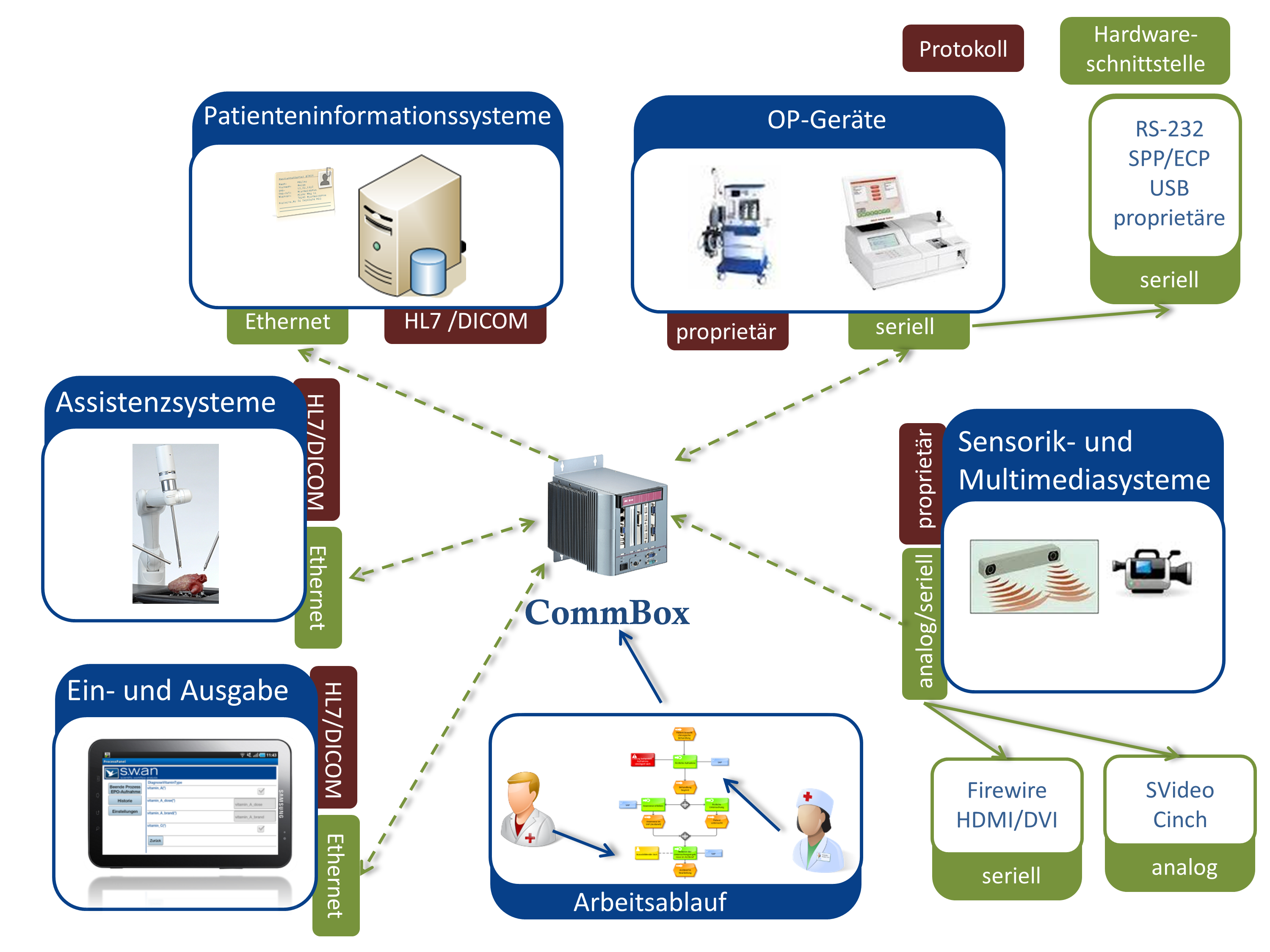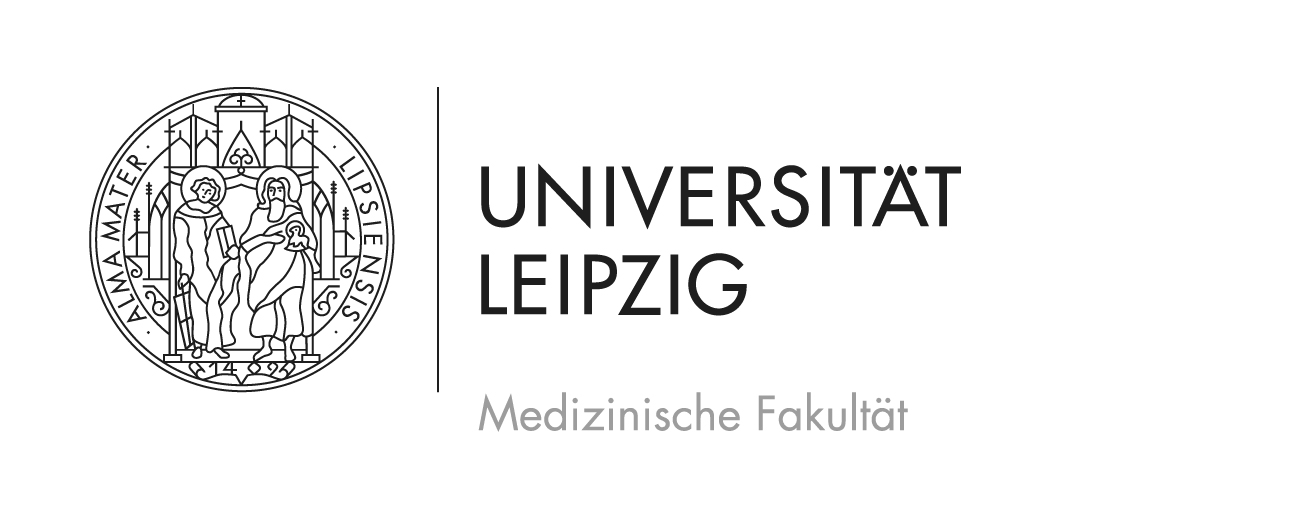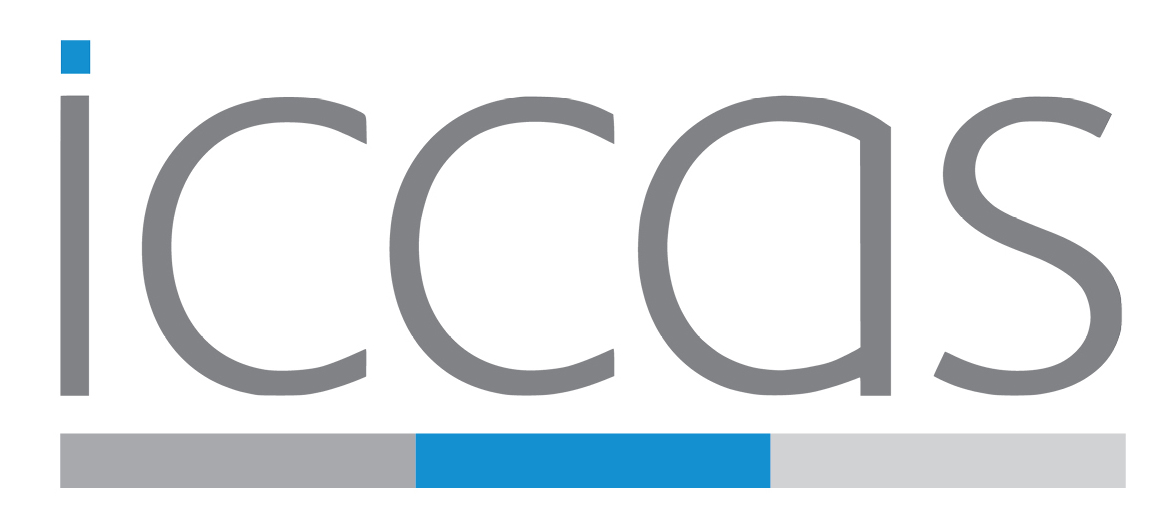21.06.2017
 EMU
EMU
A multi-modal ventilation system combined with an EIT measurement device will be developed to be used for temporary monitoring and automated ventilation of the patient. Vital parameters such as lung activity and lung volume will be measured. Additionally, a thorax belt integrates EIT-based imaging of the lung. (read more)
 EU-MFH
EU-MFH
The aim of this international project is to substantially improve medical care during European disaster relief missions. The various EU Member States are contributing their specific expertise in order to develop a mobile emergency field hospital which can be quickly set up and used to treat a large number of patients from first response to hospital care. (read more)
06.10.2020
 DIRTH
DIRTH
Project description
Thermography measures the electromagnetic radiations emitted by a warm object which temperature is above absolute zero. These invisible radiations for the eyes are converted by the sensors in the infrared camera into images, whose pixel intensities are proportional to the measured temperatures. This imaging modality is non-invasive, contactless and easy to use. The field of applications of thermography in the medical area is bright: monitoring of vascular and rheumatic disorders, detection of breast cancer or study of tissue vascularization. Since the acquisition of images requires no contact with the patient, this technique is optimal for an intraoperative use.
Nowadays, a large set of infrared cameras are available on the market, but not any model is optimal for the operating room. Our requirements are: a good optical and thermal resolution, the detection of minimal temperature differences, the compatibility of the system with the surgical environment (volume of the device, mobility, facility of use). Moreover, the acquisition, visualization and analysis of the thermograms (or infrared images) are performed by software providing general and basic methods. More sophisticated tools need to be developed for the interpretation of the thermograms, especially in the case of dynamic thermography.
Therefore, the development of a new DIRTH-system (Dynamic InfraRed THermography imaging system) should facilitate the use of thermography in the operating room and improve the interpretation and analysis of thermograms.
Research goals
Goal of this project is the development of an optimal infrared thermography imaging system suitable for the operating room. The system has to be light, compact and transportable, so that it takes little place in the operating room and can be easily moved from place to place. Tools for an optimal visualization of the image data and an optimal analysis of static and dynamic thermography are implemented. The evaluation of the DIRTH-system and its functions is performed with our clinical partners of the Leipzig University Hospital in the operating room on selected applications in the area of plastic surgery.
Project priorities
•Development of a new compact and transportable system for dynamic thermography for intraoperative use
•Development of new functions for the analysis of dynamic thermography
•Evaluation in the operating room in the area of plastic surgery
15.04.2019
 DPM
DPM
In the project, information theoretical concepts for the formal description and modelling of patient data and surgical decision-making processes are developed. Patient models link and analyze all data relevant for surgery and therapy planning and thus enable an all-round representation of the patient and his diseased organ. Decision models describe the decision-making processes. (read more)
21.06.2017
 Dental Imaging
Dental Imaging
The major goal in dental treatment is oral health and maintenance of tooth structures. Therefor a modern caries management (prophylaxes) is necessary including all procedures to prevent new carious lesions (defects). Equally important is the detection and assessment of early carious lesions and monitoring of direct and indirect restorations (tooth-restoration bond). The noninvasive imaging OCT is a suitable approach for the representation of hard dental structures up to a depth of 2.5 mm. Former studies demonstrated that the detection of carious lesions and the assessment of tooth-composite bond are promising application areas of OCT in tooth preservation.
Publications
Schneider H, Park KJ, Häfer M, Rüger C, Schmalz G, Krause F, Schmidt J, Ziebolz D and Haak R. Dental Applications of Optical Coherence Tomography (OCT) in Cariology. Appl. Sci. 2017; 7(5): 472-493
Park KJ, Schneider H, Haak R. Assessment of interfacial defects at composite restorations by swept source optical coherence tomography. J Biomed Opt. 2013; 18(7):076018
Park KJ, Schneider H, Haak R. Assessment of defects at tooth/self-adhering flowable composite interface using swept-source optical coherence tomography (SS-OCT). Dent Mater. 2015; 31(5):534-41
Häfer M, Jentsch H, Haak R, Schneider H. A three-year clinical evaluation of a one-step self-etch and a two-step etch-and-rinse adhesive in non-carious cervical lesions. J Dent. 2015; 43(3):350-61
Schneider H, Krause F, Ziebolz D, Haak R. Optische Kohärenztomographie in der Kariesdiagnostik und Restaurationsbeurteilung. Quintessenz 2016; 67(7): 869-879
Schneider H, Park KJ, Rueger C, Ziebolz D, Krause F, Haak R. Imaging resin infiltration into non-cavitated carious lesions by optical coherence tomography. J Dent. 2017; 60:94-98
Park KJ, Haak R, Ziebolz D, Krause F, Schneider H. OCT assessment of non-cavitated occlusal carious lesions by variation of incidence angle of probe light and refractive index matching. J Dent. 2017; 62:31-35
 BIOPASS
BIOPASS
Navigation systems based on optical tracking are an essential component in minimally-inva-sive surgery. However, these assisting systems require additional hardware in the operating room and can only poorly adapt to the surgical skills and the anatomical knowledge. In the BIOPASS project, a novel localization approach for a markerless navigation system is devel-oped that potentially reduces the navigation hardware while assisting the surgeon’s cogni-tion with self-learning and adaptive assistance functions. Critical aspects for the develop-ment of such an intelligent system are the surgeon’s ambiguous perception of adaptive system behavior and information presentation. As a consequence, the primary goals of the BIOPASS project are the definition of clearer human-machine-interaction (HMI) require-ments for adaptive systems in the OR and the development of a corresponding presentation model of surgery-related situational infor-mation needed by the surgeon. As a result, current work steps comprise studies for knowl-edge representation of situational information in a functional endoscopic sinus surgery (FESS) and intraoperative information presentation in a preliminary mock-up demonstrator.
20.04.2017
 OntoMedRisk
OntoMedRisk
Medizinisches Personal arbeitet oft unter großer physischer und psychischer Belastung, wodurch sich die Wahrscheinlichkeit von Fehlern und unerwünschten Ereignissen erhöht. Im Rahmen des OntoMedRisk-Projekts wird daher eine agentenbasierte, ontologie-gestützte Softwarelösung entwickelt, um das Auftreten solcher Ereignisse zu minimieren. Das Ziel ist es, Ärzten und medizinischem Fachpersonal eine technische Unterstützung zur prozessübergreifenden Risikoerkennung und Fehlervermeidung zur Verfügung zu stellen. Die Softwarelösung soll dynamisch eine Risikoanalyse auf der Grundlage von verfügbaren Datenquellen (wie der Patientenakte, dem KIS oder Checklisten, aber auch basierend auf realen Situationen im Prozess) durchführen. Daraufhin sollen kontextsensitive Hinweise zur Fehlervermeidung für die am Prozess beteiligten Fachkräfte generiert werden.
02.12.2020
 OncoControl
OncoControl
Project description
The multidisciplinary treatment of patients in head-and-neck tumor therapy is a challenging problem for the clinicians involved due to the huge amount of available information. This information stems from diagnostic methods such as patient history, blood count and biopsy results as well as medical imaging techniques like computed tomography (CT), magnetic resonance imaging (MRI) and positron emission tomography (PET). In order to support the clinicians, these complex information entities must be processed in a meaningful way. The project OncoControl is the realization of a web-based system which is intended to support the head and neck oncology in exploration, analysis and management of patient data.
Research goals
The central idea in developing OncoControl is the improvement of the oncological therapy decision-making processes in the field of complex head and neck tumors, improving existing work and treatment processes as well as a support of the decision-making process in the tumor board through the use of endoscopy images and 3D tumor reconstructions alongside the current unused slice images from computed tomography (CT) and magnetic resonance imaging (MRI).
Additionally, a new and innovative form of presentation, the “treatment summary”, supports the clinicians after opening the patient file with a compressed representation of all relevant information in the current treatment step and provides a quick overview of the current patient status.
Project priorities
- Automatic centralized information aggregation
- Improving data quality and prioritization of information
- Automatic generation of “treatment summary” and clinical documents
- Computerized TNM classification
- Verification, integration and evaluation of the overall system in clinical use
Previous research results
Associated publications:
Birnbaum, Zebralla, Boehm, Dietz, Neumuth. „Metric Learning for TNM-Classifications of Patients with Head and Neck Tumors“. CARS 2016 Proceedings. Heidelberg, 2016.
Meier, Jens, Stefan Bohn, Bernhard Glaser, Klemens Birnbaum, Andreas Boehm, und Thomas Neumuth. „The Treatment Planning Unit: Concept and realization of an integrated multimedia decision support system for multidisciplinary team meetings“. In MedInfo 2015. Sao Paolo, 2015.
Meier, Jens, Andreas Dietz, Andreas Boehm, and Thomas Neumuth. “Predicting Treatment Process Steps from Events.” Journal of Biomedical Informatics 53 (February 2015): 308–19. doi:10.1016/j.jbi.2014.12.003.
Outlook
The development of the clinical information system OncoControl allows the physician to get all information about existing patients in a consistent and structured way as well as to retrieve clinical documents such as medical reports or surgery reports. Furthermore, OncoControl allows the clinicians to create and make use of existing information for clinical trials, quality management or conducting clinical certifications. Building on the established central database innovative and knowledge-based methods will assist the clinicians, for example for the TNM classification or document generation in diagnosis, treatment strategy, documentation, as well as presentation and patient education and thus facilitate their clinical practice and the communication between professionals. The use of automated procedures should also pave the way for standardized procedures and comparable analysis results.
21.09.2020
 EVENTOR
EVENTOR
Project description
Eventor is a project in cooperation with the SWAN – Scientific Workflow Analysis GmbH. The aim of the project is the development of concepts for interconnecting process logic and integration technologies for intra- and peri-operative purposes. This allows the semi automation of data exchange and interaction between medical devices based on the surgical situation. Hence, novel forms of surgical assistance might be developed. Additionally, human machine interaction might be simplified to unburden the surgeon and the OR-staff. The implementation is mostly based upon existing integration technologies as well as a tailored rule set for handling of process information. The developed concepts and prototypical implementations will be evaluated for selected clinical fields of application.
Research goals
The increasing number of medical devices and information systems around the operating theatre lead to additional administrative workload. The project evaluates the application of process information to simplify these tasks. This includes the following research goals:
- integration of existing medical devices and information systems with a process logic,
- modeling of surgical requirements, based on surgical process model concepts,
- development of a tailored rule set for process information,
- implementation and evaluation of prototypical systems for selected clinical use cases.
Priorities of the project
Eventor focusses on three research topics:
- complex modeling of surgical procedure,
- situation-aware communication and interaction of medical devices,
- dynamic information exchange based on surgical workflow.
Previous research results
Currently, we analyzed clinical fields of application and their requirements towards dynamic integration of process logic. Furthermore, existing technologies in various fields of research had been evaluated.

Outlook
Eventor develops and evaluates concepts for dynamic interconnection of process logic and integration technologies for various clinical applications. The developed concepts and prototypes will contribute to the development of situation-aware medical devices.




